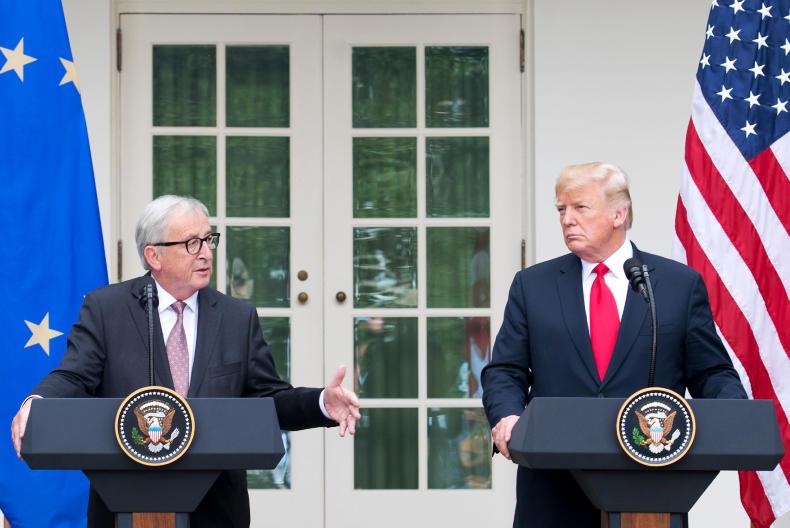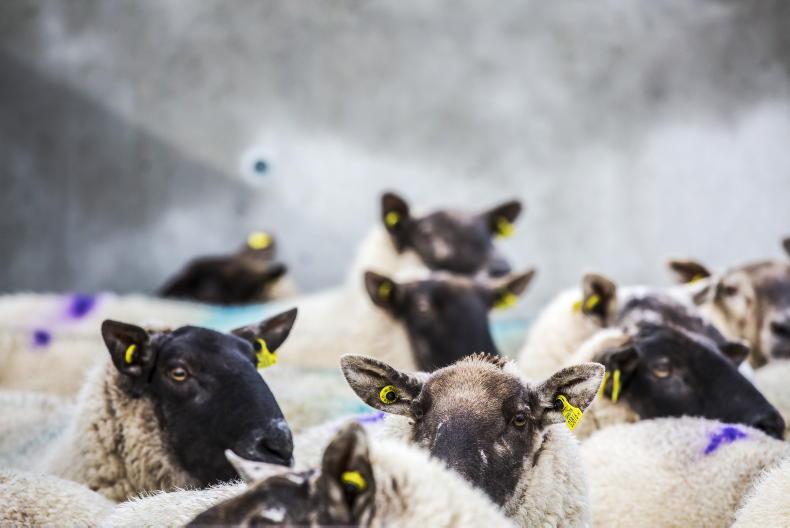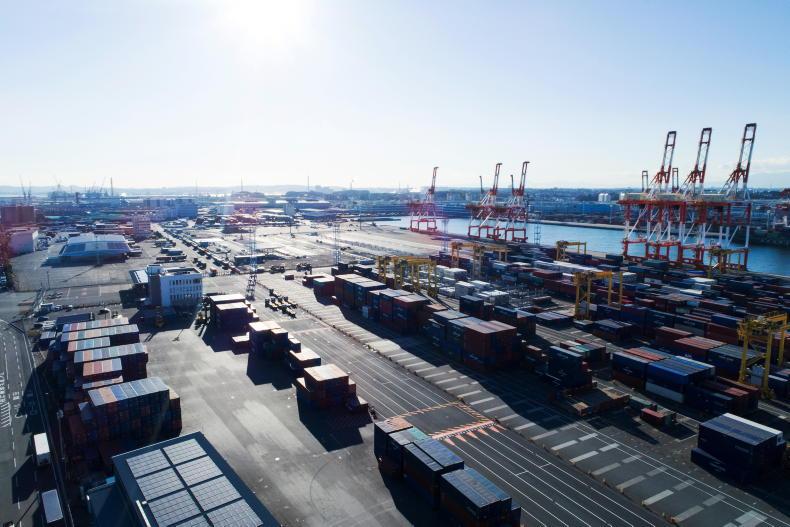The sight of US president Donald Trump sitting down and signing a trade deal with the Mexican president at this week’s G21 summit in Buenos Aires seems a long way from building a border wall between the two countries - with Mexico paying for it.
Basically, at a political level, the US president pulled out of the North American Free Trade Agreement (NAFTA) with Mexico and Canada, but the rapid negotiation of a rebranded United States Mexico Canada (USMCA) deal suggests that the rebranding was the biggest part of the change.
The US can claim a victory on the dairy negotiation with Canada, but the biting of Mexican retaliatory tariffs on UK cheese and pigmeat has meant that all sides can declare victory.
Negotiating power
Negotiation of global trade deals is basically dictated by the size of the economy that is negotiating.
While Canada and Mexico aren’t insignificant economies, they are small when going head to head with the USA, still the largest economy in the world.
When the EU28 are combined, they are the second-biggest economy in the world, just behind the USA.
This is why, when the Trans-Atlantic Trade and Investment Partnership (TTIP) talks were going on, both sides had reached stalemate, even before President Trump decided to call time on negotiations.
The major area of conflict was the acceptance of standards in agriculture. The EU wouldn’t move from their hormone-free position and the US wouldn’t accept this. Stalemate was inevitable.
EU and Japan
It was a similar titanic struggle getting the deal done between the EU and Japan last year, which was signed off this year and will come into effect early in 2019.
That deal was brought over the line between the EU, the second-largest economy, and Japan, the third-largest, because agriculture was less controversial.
The problem for Irish farmers is that the main export interest of Mercosur countries to the EU is agriculture
Japan is a net importer of food, despite being a huge protector of its domestic producers.
It is a similar situation in the EU-Mercosur trade negotiation, which has spluttered along since 1999.
The group of South American countries that make up Mercosur represent a huge trading bloc and it is a particularly attractive market to the EU for industrial goods and services.
The problem for Irish farmers is that the main export interest of Mercosur countries to the EU is agriculture - beef and poultry in particular, both very high tariff commodities.
Stalemate has been reached in this negotiation again, not least because of the fragmented nature of the South American bloc, which is a much looser group than the EU, but expect negotiators to keep trying.
Size matters
The balance of negotiation is decided by the economic power of the participants. The EU has this because of its collective size.
For smaller countries like Ireland, the challenge is to persuade the other members to reflect their interests.
This is a challenge that lies ahead for the UK in the post-Brexit era, when existing EU trade deals will cease to exist beyond the transition.
The UK is a substantial economy in its own right, the fifth-largest in the world.
However, in dealings with the USA or China, as well of course as the EU27, it is the smaller participant.
The general rule is that while trade deals are agreements, the agreement part is always likely to favour the larger party.









SHARING OPTIONS